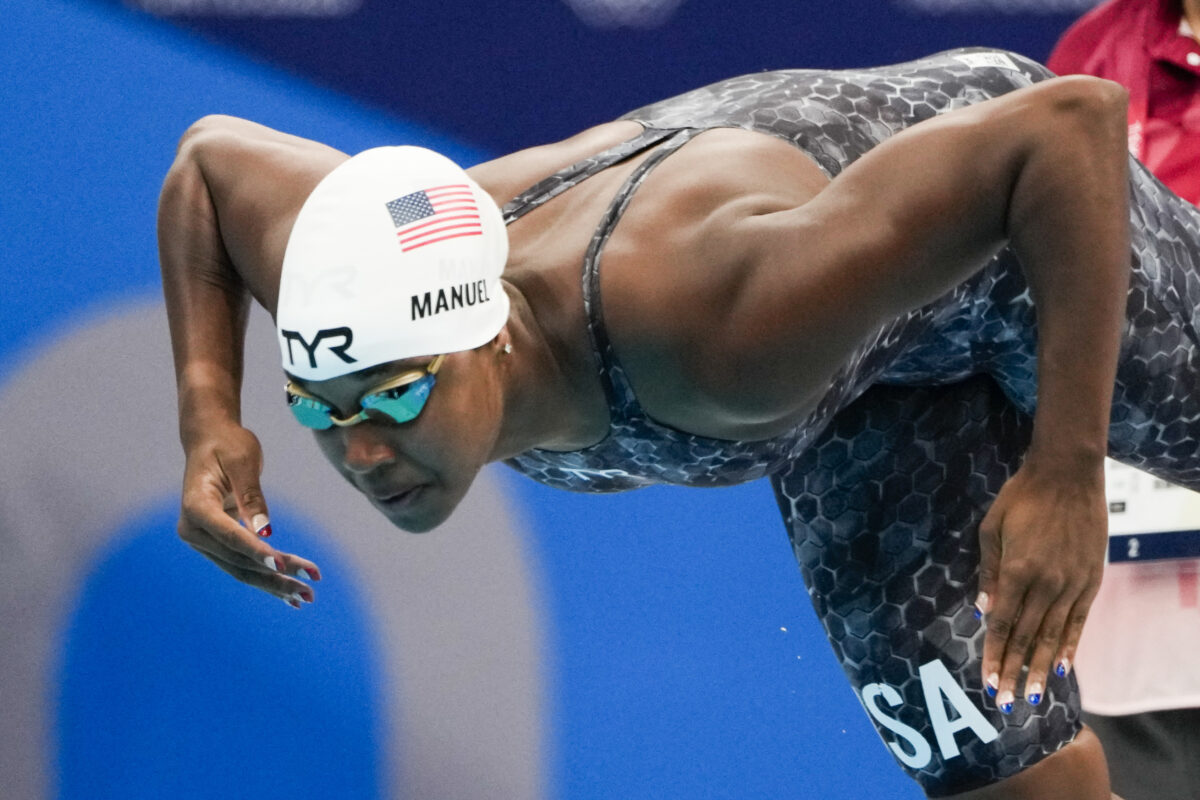Simone Biles sobs. Speaking to a camera from her hotel room at the Tokyo Olympics, she pauses to catch her breath as she struggles to detail something she says she doesn’t even understand fully.
It’s July 27, the day of the women’s gymnastics team final, which she withdrew from before missing most of the remaining competition. Biles is trying to explain the “mental block” that’s creating an extraordinary amount of fear when she’s about to do a skill, endangering her even more than what’s already guaranteed in a gravity-defying sport. As her voice cracks, you can hear how scared and devastated she’s feeling as she struggles with the “twisties” at the year-delayed Games.
This heartbreaking moment for the greatest gymnast in the world opens the two-part finale of Simone vs Herself, a seven-episode Facebook Watch documentary about Biles’ life in the year leading up to the Tokyo Games and everything that transpired during them.
“I’m getting lost in my skills,” she emotionally explains.
“I’m so prepared that I don’t know if I’m over-thinking,” she continues. “It’s getting to the point where it’s becoming dangerous. It’s like, it could happen at any other time. I don’t get why it happens at the Olympics. In gym, we call it the ‘twisties.’ Should be a forbidden word because it sucks to have them, for anybody.”
Biles breaks down crying, unable to comprehend why something so detrimental is happening to her on the biggest stage ahead of a competition for which she’s been waiting for five years, since the 2016 Rio Olympics.
“I’m starting to get mental blocks where I don’t want go for the skill because I’m afraid I’m going to get hurt because I’m not doing the correct flip. And it’s like, at this point, I don’t know what to do because it’s too dangerous to do. We can’t change the routines, so I’m just gonna have to see. Trying to keep it together, but like, I don’t know. I’m so confused.”
This opening scene is one of many agonizing moments captured in the sixth and seventh episodes of Simone vs Herself. The first five episodes carried viewers through her training journey leading up to the Olympics, including the challenges related to the COVID-19 pandemic and her first competitions back.
But much of the final two were shot during and after the Olympics and capture a nearly day-by-day account of how Biles felt and what she was experiencing while sidelined with the “twisties.”
Director Gotham Chopra told For The Win in June the docuseries would be raw and highlight the human side of the GOAT gymnast, but the two-part series finale shows Biles’ vulnerable side and one not many have ever seen. And it’s difficult to watch, even if the viewers’ discomfort pales in comparison to the internal battle Biles describes.
Flashing back to weeks before the Games, the sixth episode focuses largely on the U.S. Olympic trials, and Biles’ coaches, Cecile and Laurent Landi, say the pressure to make Team USA is heavier than at the actual Games because of the elite-level competition.
The first part of the finale ends with Biles explaining her emotions after qualifying for a second Olympics with an added year of training. But that extra year took a toll on her body, she says, and speaks consistently throughout the episode about how much physical pain she is in.
“I’m just proud of how far I’ve come — no matter really what happens over there,” Biles says. “I still did it.”
The seventh and final episode of Simone vs Herself is a near day-by-day account of what Biles felt and experienced at the Olympic Games. Viewers hear and see her frustration while practicing, her confusion about why she’s plagued by the “twisties” in this moment and the heartbreaking phone call she made to her mother to say she’s pulling out of the team competition after her vault.
Biles, at one point, says she’s in denial about what’s happening, partly because she usually needs about two weeks to recover from the “twisties,” and she thought her Olympics were over.
“People were like, ‘Oh, she had a bad turn, she quit,'” Biles says reflecting on the Games. “But it’s like, no, that’s not it. I’ve done gymnastics on broken ribs, my two broken big toes — or shattered, because they’re not just broken; they’re shattered in pieces — kidney stones, I’ve been through sexual abuse, I came back to the sport. There’re so many barriers that I’ve gotten past, and so to say I just had a bad turn and quit, like if you look at all of those, you can see I’m not a quitter. I’m a fighter.”
“I feel like I had a lot of courage. I know a lot of people look down upon it, but I gave the team the best chance at medaling,” Biles continues, while starting to tear up. “And it’s like, five years and I just — I put myself first for once, and I don’t think they realize that. It’s like, how do you work five years to go to a meet and then tell your coach you can’t finish? It doesn’t happen every year, and so I feel like that was really hard for me to relay to people.”
After being confused, she says her emotions shifted to anxious and scared. Then annoyed and angry. But eventually, she says she came to accept that this was supposed to happen, she doesn’t have to explain herself to anyone and “life will move on.”
Still, she says she couldn’t move past wanting to compete at the Olympics just one more time — something that had been her dream for the last five years. So she went with her balance beam routine in the last women’s final because she felt, with a changed dismount, she could safely complete it.
Not expecting to medal, Biles won bronze, in addition to her silver medal for the team competition.
“This bronze feels like a gold to me, I don’t care what y’all say,” she says.
“If you would have told me like a year ago I’m only walking out of 2020 Olympics with two medals, I would have cried,” Biles explains. “But now I’m just — I’m happy. I walked away with two medals I didn’t think we would get, and in one piece, so I’m not mad.”
[vertical-gallery id=1061148]
[lawrence-related id=1095043,1061397,1061192]
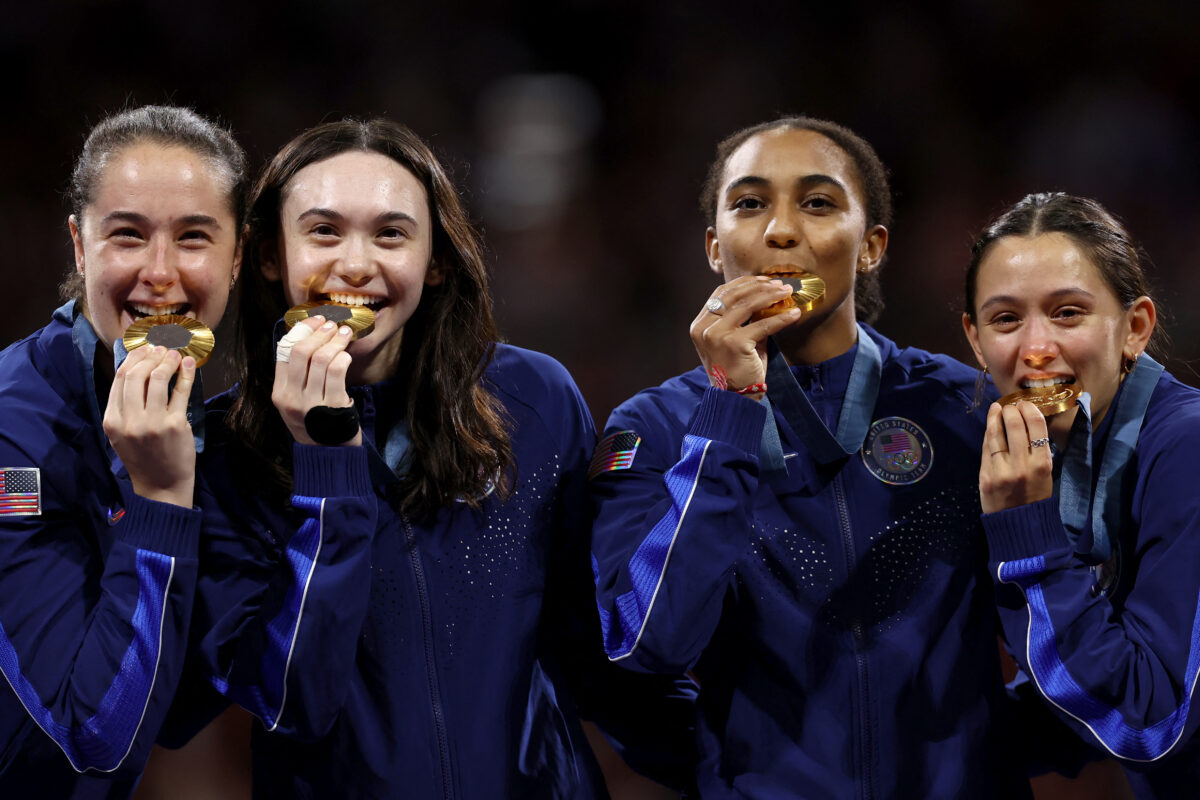

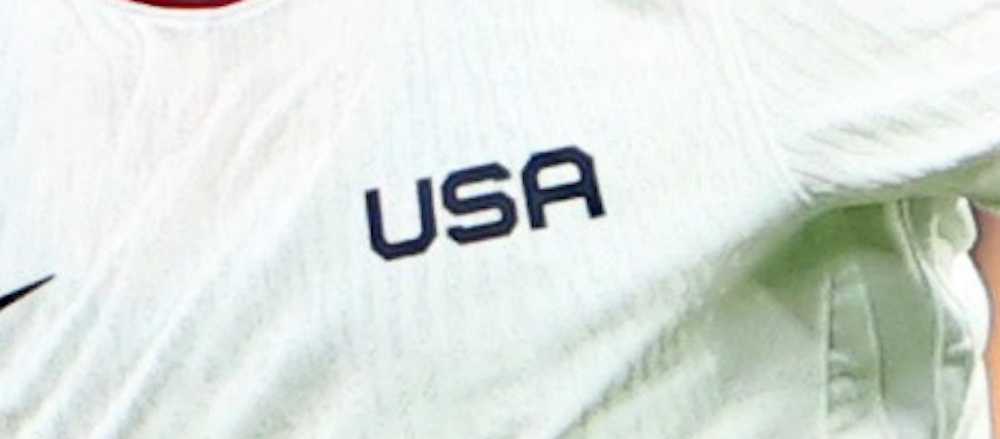










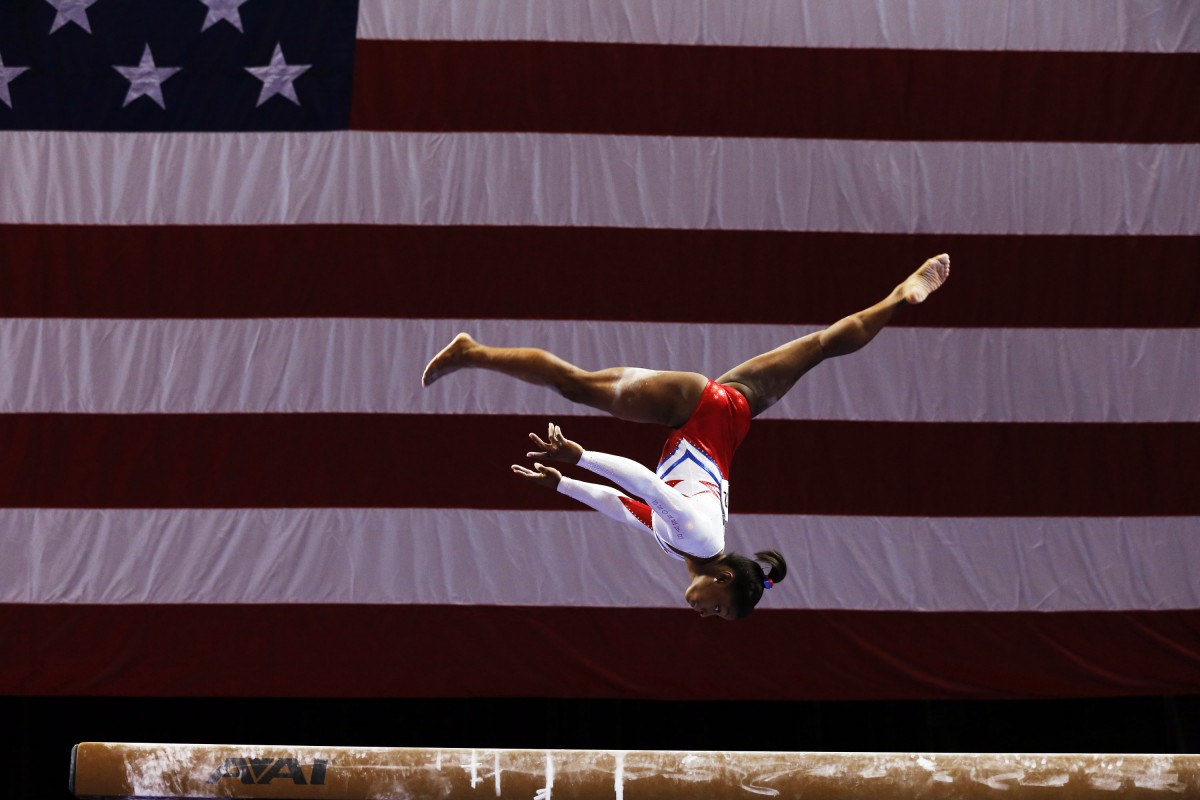
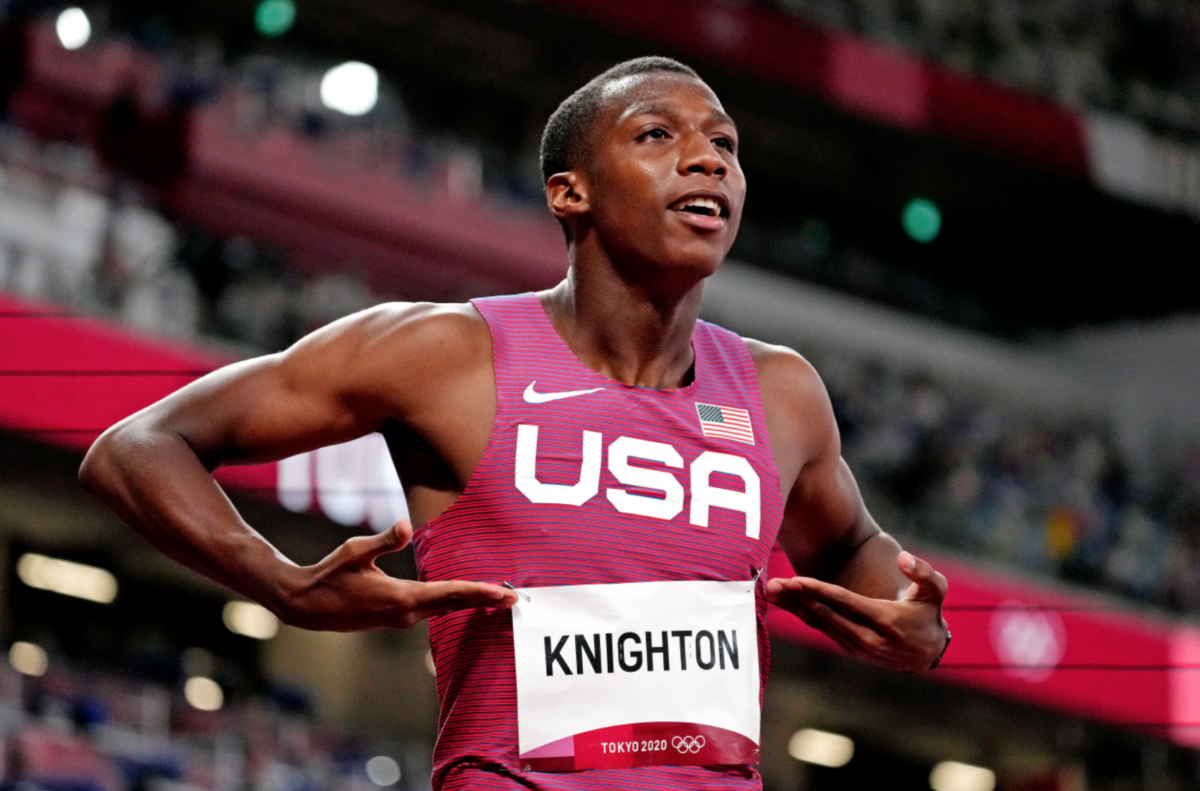



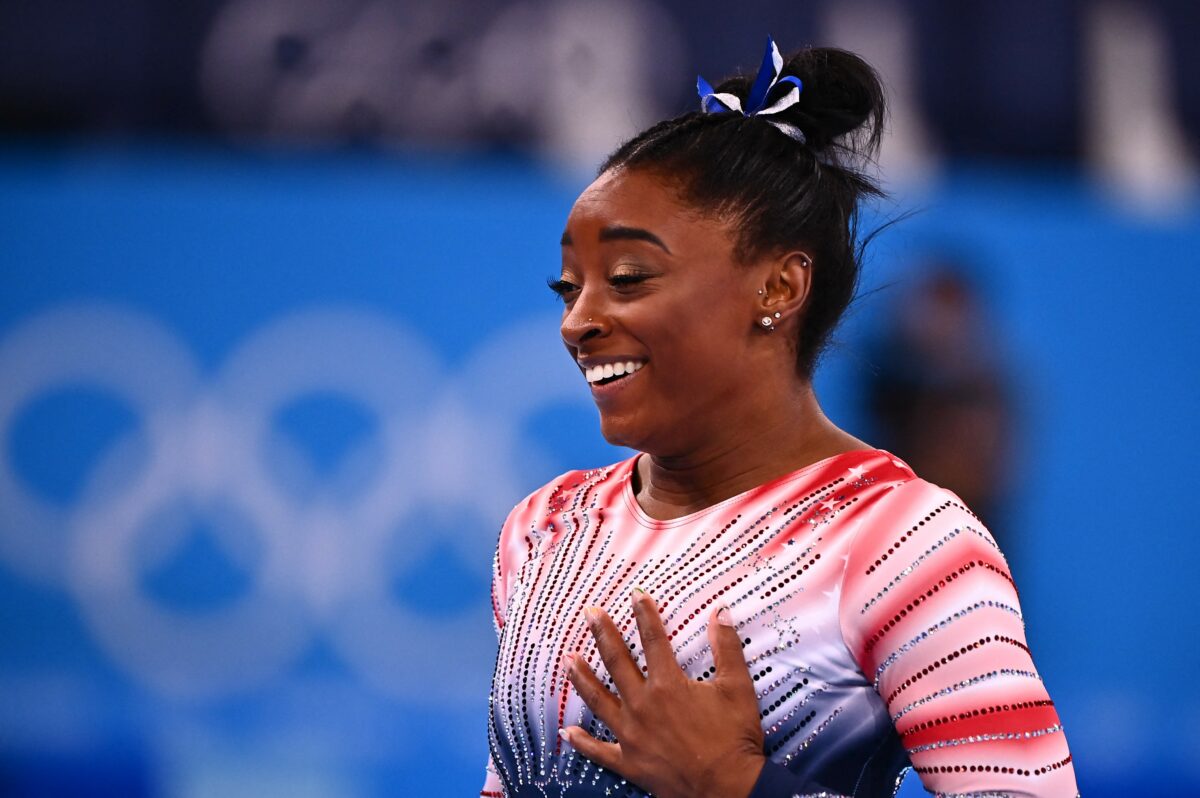

 : NBC
: NBC :
:  : NBC Sports App
: NBC Sports App 
